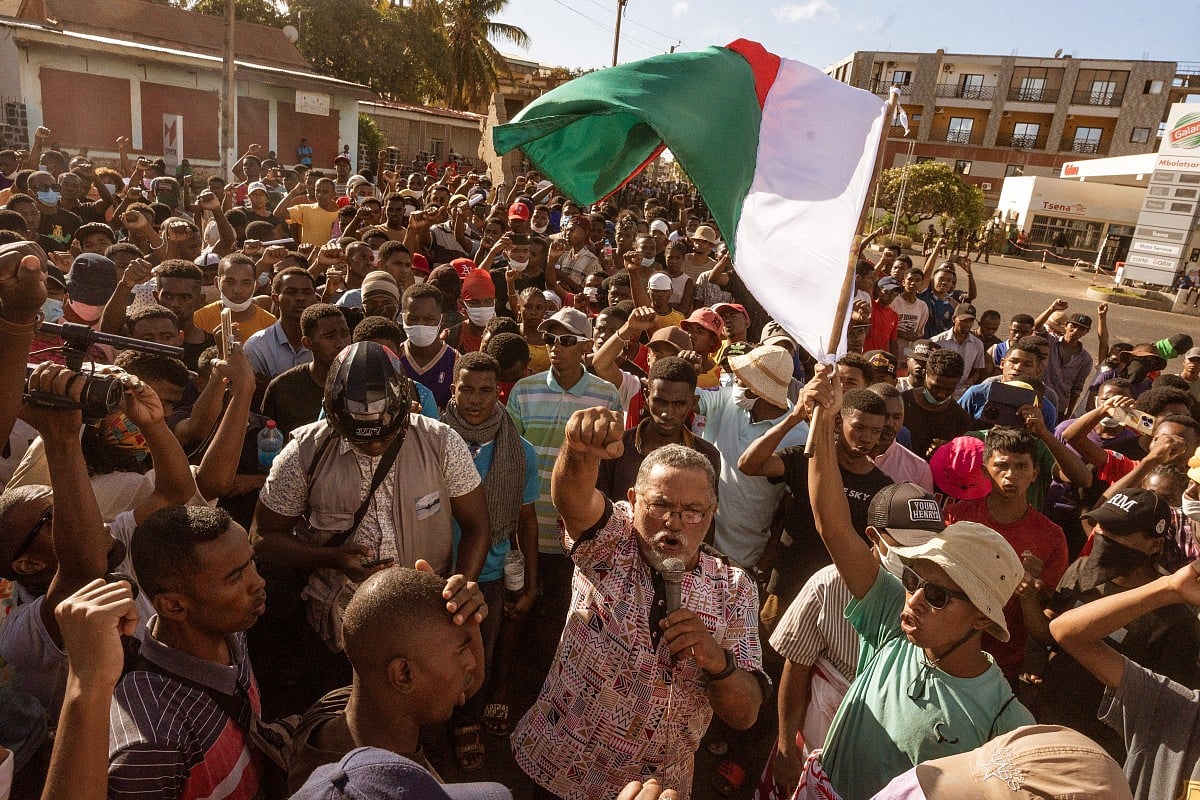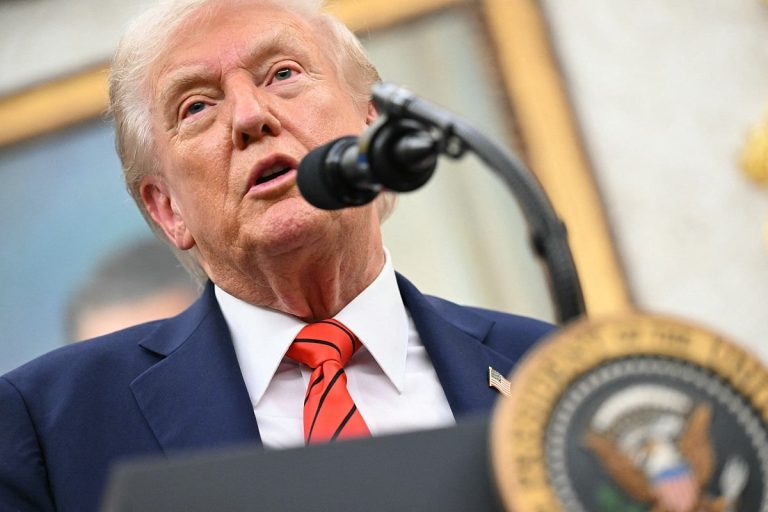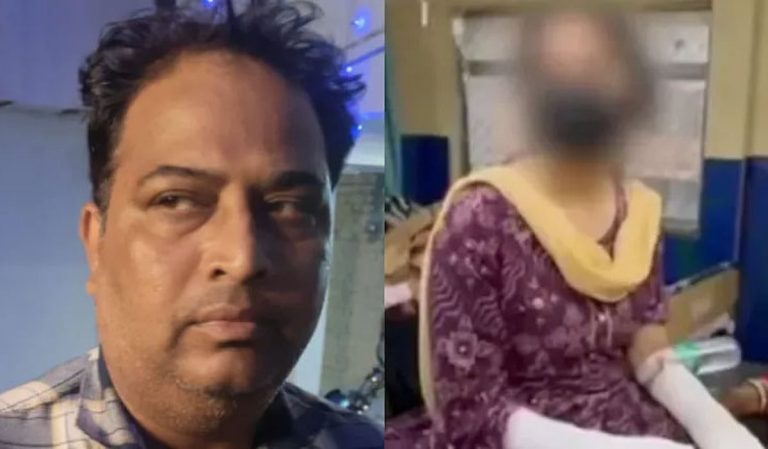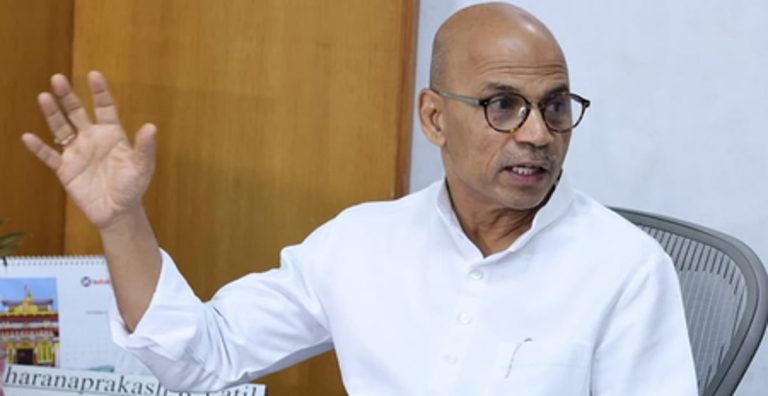Madagascar President Rajoelina Faces Unrest and Resignation
Recent protests in Madagascar have escalated into a significant anti-government movement, driven by widespread dissatisfaction over power and water shortages. President Andry Rajoelina, facing mounting pressure, has retreated to a secure location following an assassination attempt, while calls for his resignation grow louder.
Background of the Protests
The unrest began on September 25, 2023, as citizens expressed their frustration over chronic utility shortages. Initially focused on these issues, the protests quickly morphed into a broader demand for political change, with demonstrators calling for Rajoelina to step down. The protests have been predominantly led by young people, reflecting a generational desire for change in Madagascar’s political landscape.
President Rajoelina’s Response
In a recent Facebook address, Rajoelina claimed that there have been multiple attempts on his life, asserting that a conspiracy involving military personnel and politicians was behind these threats. He stated, “I was forced to find a safe place to protect my life,” but did not disclose his whereabouts. Despite the turmoil, he emphasized his commitment to finding solutions and maintaining constitutional order.
Rajoelina, who first took power in 2009 after a coup, has faced significant challenges throughout his presidency. His government has been criticized for its handling of the protests, which have resulted in at least 22 reported deaths, according to the United Nations. Rajoelina, however, disputes these figures, claiming that only 12 deaths occurred, all of whom he labeled as looters.
Military Involvement and Public Sentiment
The situation intensified when a faction of the military publicly sided with the protesters, declaring their refusal to suppress demonstrations. This shift in military allegiance has emboldened the crowds, leading to celebrations outside Antananarivo city hall, where many gathered in anticipation of Rajoelina’s resignation.
The protests have also seen participation from members of the gendarmerie, who acknowledged their excessive use of force during the unrest. This admission has further fueled public anger and demands for accountability.
Government Actions
In an attempt to quell the unrest, Rajoelina has made some concessions, including the dismissal of his entire government last month. Additionally, the Senate has removed its president, Richard Ravalomanana, in response to public outcry. These actions, however, have not fully satisfied the demonstrators, who continue to demand Rajoelina’s resignation.
International Reactions
The unrest in Madagascar has drawn concern from international bodies, including the African Union, which has urged armed forces to respect their constitutional roles and refrain from political interference. French President Emmanuel Macron has also expressed concern about the situation, although he has not confirmed reports of Rajoelina fleeing the country on a French military aircraft.
FAQs
What sparked the protests in Madagascar?
The protests were initially sparked by chronic power and water shortages, but they quickly evolved into a broader anti-government movement demanding President Rajoelina’s resignation.
How has the government responded to the protests?
In response to the unrest, President Rajoelina dismissed his entire government and the Senate removed its president. However, these measures have not fully appeased the protesters.
What is the current status of President Rajoelina?
President Rajoelina is currently in hiding following an assassination attempt and has made a public address asserting his commitment to finding solutions, despite calls for his resignation.
Conclusion
The political situation in Madagascar remains tense as protests continue and calls for President Rajoelina’s resignation grow louder. With military support shifting and public sentiment against the government intensifying, the coming days will be crucial in determining the future of Madagascar’s leadership and stability.
The protests in Madagascar are part of a larger pattern of civil unrest that has characterized the country’s political landscape over the years. Economic challenges, including high unemployment rates and poverty, have contributed to public discontent, making citizens more receptive to calls for political change. The current unrest highlights the frustrations of a population that has long felt marginalized and ignored by those in power.
As the situation unfolds, the role of social media has become increasingly significant in mobilizing protesters and disseminating information. Platforms like Facebook and Twitter have allowed demonstrators to organize quickly and share their grievances widely, amplifying their voices in a country where traditional media may be limited in its coverage of dissent. This digital activism has played a crucial role in sustaining the momentum of the protests and fostering a sense of solidarity among participants.
Also Read:
Redington Launches Software Solutions Group for Digital Grow
Redington Launches Software Solutions Group for Digital Grow







